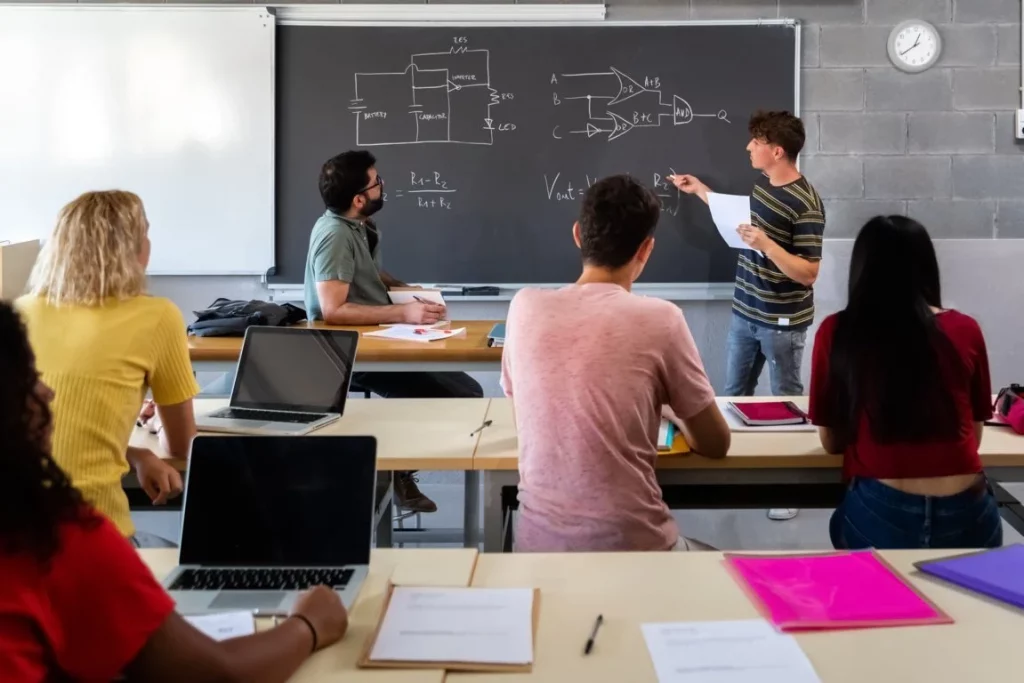Secondary Education
Secondary education is the second stage of formal education, following primary education. It typically takes place between the ages of 11 and 18, and prepares students for further education, employment, or both.
The curriculum of biologybooks.net varies from country to country, but it typically includes subjects such as mathematics, science, language arts, social studies, and foreign languages. Some schools also offer specialized courses in areas such as music, art, or computer science.
In many countries, secondary education is compulsory, but there is also a growing trend towards providing more choice and flexibility for students. This can include options such as vocational training, apprenticeships, or online learning.
The goal of secondary education is to provide students with the knowledge and skills they need to succeed in life. This includes academic skills, such as problem-solving and critical thinking, as well as social and emotional skills, such as teamwork and communication.
Secondary education is also important for developing students’ interests and talents. By exploring different subjects and activities, students can discover their strengths and passions. This can help them make informed choices about their future education and career.
The Importance of Secondary Education
Secondary education is essential for a number of reasons. First, it provides students with the knowledge and skills they need to succeed in further education and employment. Second, it helps students develop their critical thinking and problem-solving skills, which are essential for success in any field. Third, it helps students develop their social and emotional skills, which are important for building relationships and working effectively with others. Fourth, it helps students discover their interests and talents, which can guide them towards their future careers.
The Challenges of Secondary Education
Despite the many benefits of secondary education, there are also some challenges that students and schools face. One challenge is the increasing diversity of the student population. Schools are now educating students from a wide range of backgrounds, with different needs and learning styles. This can make it difficult to create a curriculum that meets the needs of all students.
Another challenge is the rising cost of education. The cost of tuition, books, and other expenses can be a barrier for many families. This can make it difficult for students to get the education they need to succeed.
Finally, the high-stakes nature of secondary education can be stressful for students. The pressure to perform well on tests and exams can lead to anxiety and stress, which can interfere with learning.
The Future of Secondary Education
The future of secondary education is uncertain. There are a number of trends that are likely to shape the way secondary education is delivered in the years to come. These trends include:
- The increasing use of technology in the classroom.
- The growing demand for personalized learning.
- The need to prepare students for the changing job market.
- The need to address the challenges of diversity and inclusion.
It is important to be aware of these trends and to prepare for the future of secondary education. By doing so, we can ensure that all students have the opportunity to succeed.










